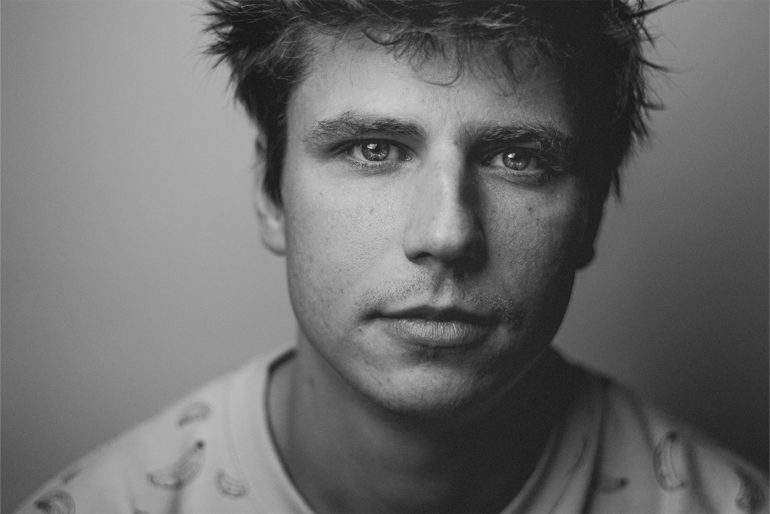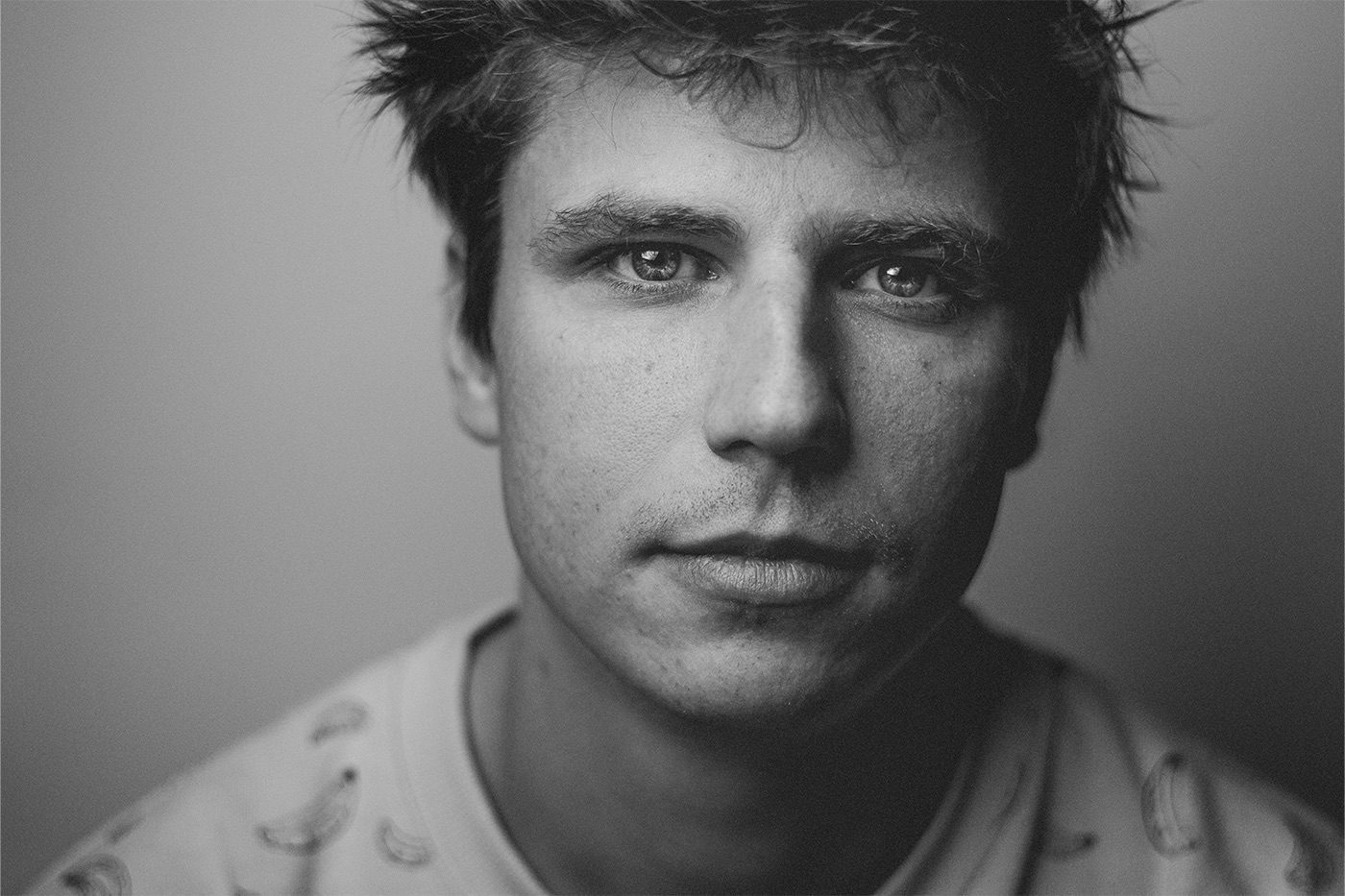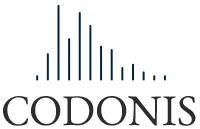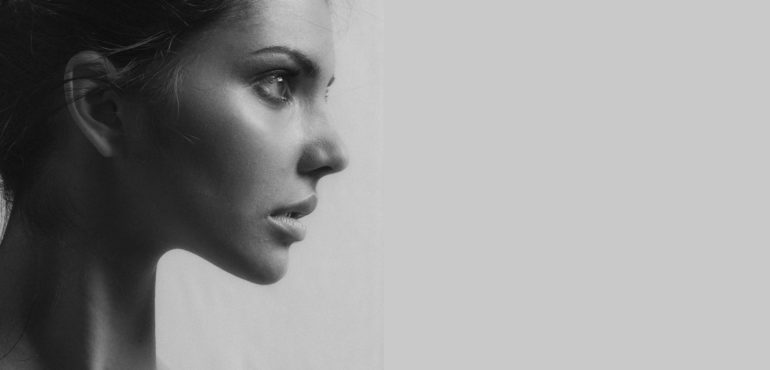
What is Craniofacial Therapy?
Craniofacial therapy treats disorders, dysfunctions or anomalies in the orofacial region. Our face reflects our identity and is a determining factor in our social contacts. Any damage (accident, disability, illness, functional disorder, etc.) takes on proportions that go beyond the simple physical problem and affects the private, family and social sphere.
Domains concerned by Craniofacial therapy
Bruxism
Pain
Malpositioned jaw
Phonation disorders
Voice disorders
Down Syndrome
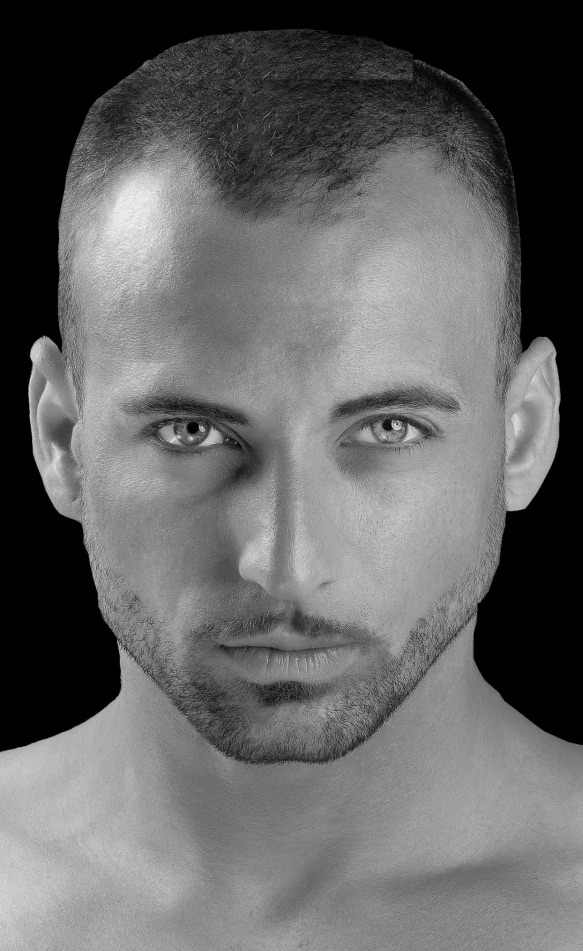
Mouth Breathing
Tongue Inflammation
Craniofacial Malformation
Neurological diseases
Swallowing disorders
Craniofacial Management
Two main principles govern craniofacial management:
- 1- Interdisciplinarity
- 2- Global approach to the patient
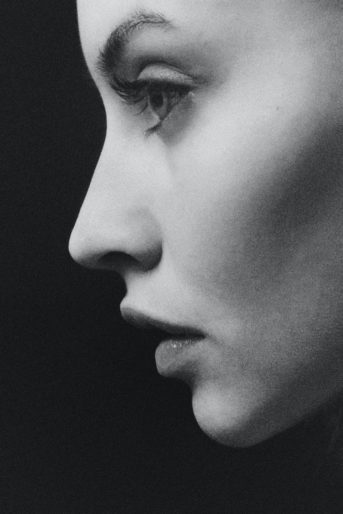
01
The Problem
Depending on the problem that needs to be treated, the therapist will be in contact with other professionals such as maxillofacial surgeons, doctors, ORLs, dentists, logopaedics, psychologists, educators, etc. to have a complete vision of the situation and to be effective.
02
The Patient
The patient is at the centre of the therapeutic process. Without their involvement and the one of their relatives, the therapist does not obtain any good results. The patient is the actor of their healing, and the therapist acts as a support that guides them.
03
The Cause
Cervical pain can be attributed, for example, to poor permanent head posture. But , it must be first clarified why it is misaligned: is it due to a visual defect or pelvic malformation, knee pain, or a congenital posture error? It is only when the cause has been found that the therapy can start.
Where is the primary cause of my problem situated? and How can I fix it ?
Once the diagnosis has been established, the therapist and the patient determine together the course of the therapy, its goals, its duration and its costs. They also evaluate the progress of the therapy together on a regular basis.
Craniofacial Therapy
Each person is different. Therefore, the therapy is not the same for a child who has speaking problems due to a malposition of the tongue in the mouth than for an adult who broke their jaw after a fall, for example. However, you will almost always find the following elements:
- Listening – Discussion – Observation
- Reflection – Development of set goals
- Analysis – Posture – Stabillity – Documentation
- Evaluation – Re-Evaluation
- Muscular stimulation – Home exercises – Possible intervention of other therapists
